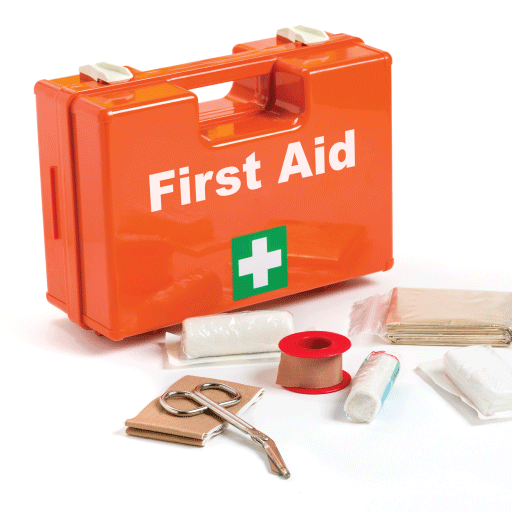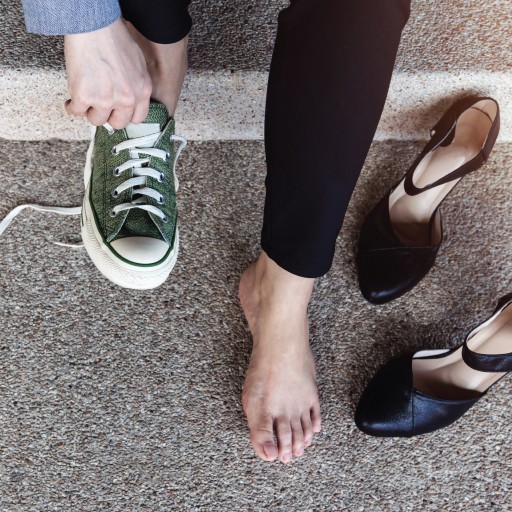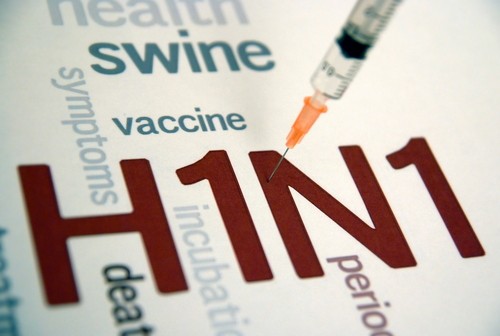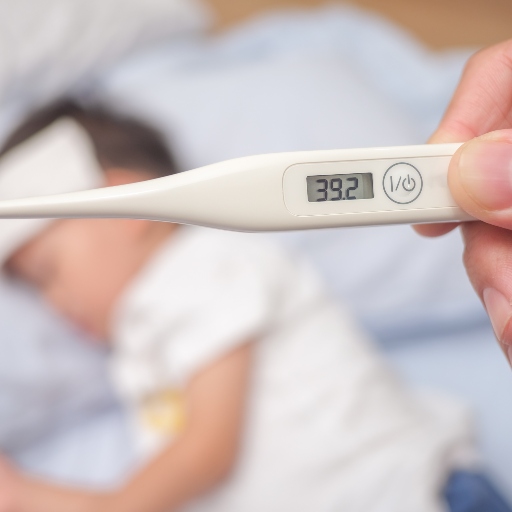
In the majority of cases, women are the primary caregivers of the children and elderly in a home, which is why they, more than anyone should know to stay prepared in a medical emergency. The tips and guidelines provided here will help you stay prepared for a variety of situations so that you can act fast when required.
The Basics Of Being Prepared For A Medical Emergency
Here Are A Few Things Every Woman Should Have At Home To Tackle Any Injury Or Illness:
First Aid Box:
You can buy a readymade first aid box or prepare one at home. What the box needs to have is:
- Sterile gauze
- Different sizes of sticky plaster
- Bandages of different lengths
- Scissors
- Tweezers
- Safety pins
- Sterile gloves
- Wet-wipes
- Thermometer
- Anti-inflammatory cream
- Antiseptic cream
- Antiseptic solution
- Muscle relaxant cream
- Cotton
- Sting-relief spray or cream
- Band-aids
Ice Pack:
Keeping one or two gel ice packs in the freezer is always a good idea.
Paracetamol:
Always have paracetamol tablets or paediatric syrup for kids at home.
Emergency Numbers:
You should always have the number of a local ambulance handy. It is also a good idea to have the numbers of your emergency contacts and the local hospital on the speed dial of your phone.
What To Do When An Emergency Strikes?
Here Are A Few Common Situations That Can Occur And Tips On How To Deal With Them:
Cuts And Bruises:
Especially if there are children around, cuts and bruises are very common. These wounds are best left open but ensure to clean them well with an antiseptic solution and keep it dry.
Bumps And Sprains:
The first thing to do in case of a bumped head or sprained ankle is to apply ice to the affected area. Keep the area iced for at least five minutes to help prevent swelling. After that, a topical ointment can be applied to relax the sprained muscle and relieve pain.
Large Wounds:
Large wounds that are bleeding are a little more serious. The first thing to do is to apply pressure to the wound to stop the bleeding. Try and raise the injured part of the body above the level of the heart and tie a bandage on the side of the wound that is closer to the heart. Take the patient to the hospital emergency room to check if stitches are required.
Fractured Bone:
Fractured bones are identified by swelling, intense pain, and an inability to move the affected area. Fractures too, need to be iced as soon as possible but also get to a doctor or hospital at the earliest.
High Fever:
Once again the ice pack comes to the rescue. In case of a high fever, an ice pack on the head or forehead will help to bring the fever down. A dose of paracetamol will also help. When giving paracetamol to children, make sure that it is the paediatric syrup and check the dosage with a doctor first. The doctor will need to know the child’s weight, so check that before calling. If the fever does not come down within 24 hours, see a doctor.
Choking:
You can tell someone is choking when they are unable to talk, are holding their throat, and their face is getting red. The Heimlich manoeuvre is the best way to stop someone from choking. Several videos are available online which demonstrate how to do the Heimlich. Everybody should acquaint themselves with this life-saving technique.
Heart Attack/Stroke/Seizure:
Heart attacks are characterised by pain that starts in the chest and then usually radiates down the left arm. However, any pain radiating from the chest should be taken seriously. When a person starts jumbling their words or part of their face starts to droop, they could be having a stroke. If a person loses control of their body, falls to the floor and starts shaking vigorously, they are having a seizure. In all these cases, first, make sure that the person is in a safe place, then call an ambulance immediately.





 1800-270-7000
1800-270-7000










